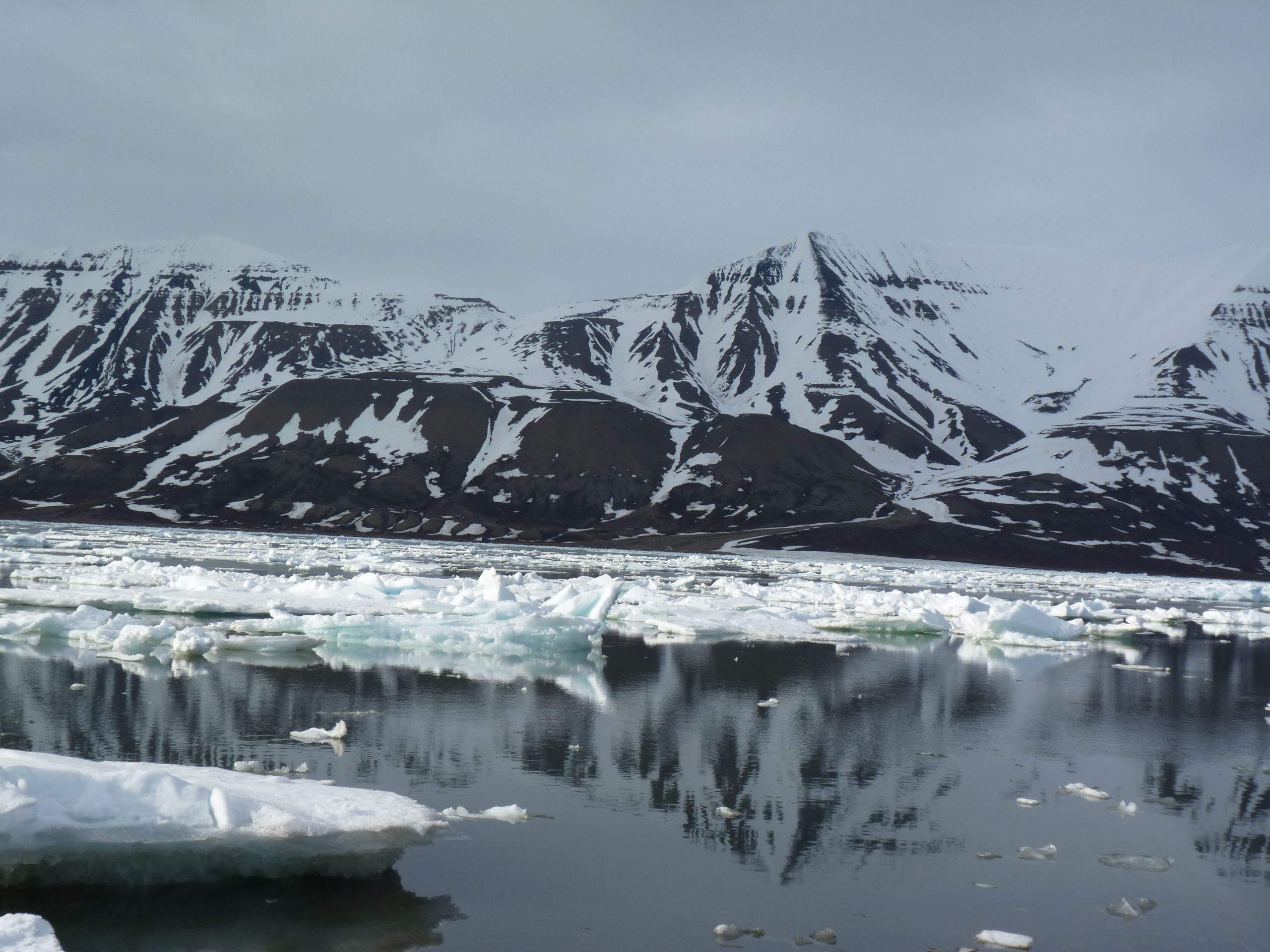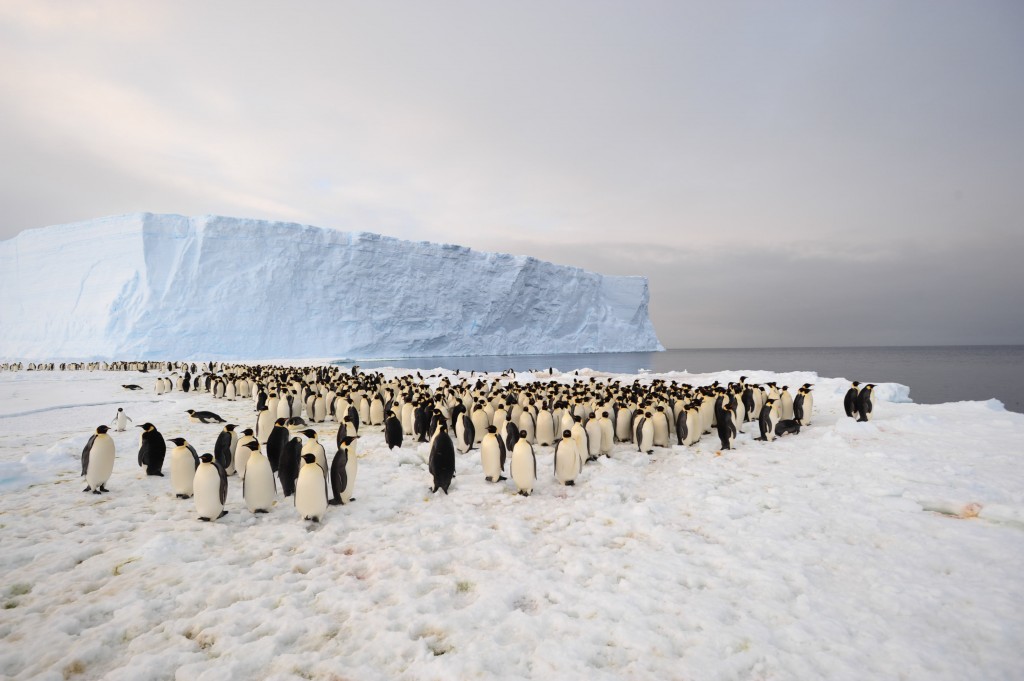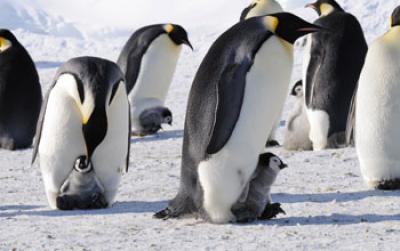Arctic thaw – carry on regardless?
When a colleague who has a lot of sympathy for those who do NOT accept that humans are responsible for global warming drew attention to the fact that this had been the hottest June on record, following hard on the hottest May, I must admit I was temporarily put of my guard. Aha, I thought. Is he finally getting the message? Alas, the answer is no. There is a small minority of people that still argues – for whatever reason – that natural variation could be responsible for all this, while acknowledging the record concentration of CO2 in the atmosphere. “And all that stuff”. Hm.
![]() read more
read more
World Cup Champs for Arctic Climate?
Chancellor Merkel is on her way from the World Cup Final in Brazil to Berlin, where she will address the Petersberg Climate Dialogue. This is an informal but influential meeting of 35 international ministers, co-chaired by Peru, the host of the next world climate conference this December. UNFCCC chief Figueres is also in attendance, hoping progress will be made towards a successful Peru conference and a new world climate agreement to be signed in Paris in 2015. Yes, it is a kind of conference to prepare the conference to prepare the conference…. but every little step helps. As I wrote here and on the DW website during the last round of preparatory talks in Bonn, things are looking more positive than they once did, with the big players USA and China finally coming into the game. Here’s hoping Frau Merkel can bring some of the energy and enthusiasm from the World Cup into the “Petersberg Dialogue” (initiated on the Petersberg here in Bonn, but since moved to Berlin) and the climate process. I interviewed Martin Kaiser, the climate policy chief at Greenpeace about the current state of play. You can read the interview here. But I also talked to him about that key ice blog issue, the relevance of all this to the Arctic.
Here is his response, if you would like to listen: For those who prefer a read, this is what Martin Kaiser had to say about the UN climate process and the Arctic:
“If we want to limit the ice melt in the Arctic, we have to address the issue of climate change. If we don’t manage to get countries like China and the US, to drastically reduce emissions from burning coal and oil, the ice melt is unstoppable. The Arctic is one of the places in the world where you can see the drastic changes caused by global warming in a most visible way. We expect a historic minimum ice melt this September, and this will give a clear warning when heads of state are going to meet in New York at around the same time.
It’s quite contradictory that oil companies are going to the Arctic to drill for more fossil energy which will fuel global warming even more. This needs to stop. That’s why Greenpeace is calling for a sanctuary in the Arctic which prohibits commercial exploitation of the region.
(Ice Blogger: How does that look in the countries with Arctic regions?)
If we look at Canada – It has one of the most regressive climate policies in place, Prime minister Harper is one of the worst climate deniers, and Canada is investing a lot into tar sands in the west of the country – a business model that is not sustainable. Russia’s business model is based on the export of oil and gas, so it is problematic to talk to Russia about the protection of the Arctic at the moment. Greenpeace has had experience of how they prioritize this business model over preserving the rare ecosystem. There are more countries like China and India coming in to the Arctic, and wanting to get a share of the resources extraction, and that is a worrying sign. Instead of protecting the Arctic, it’s opening like the Wild North for the big corporates investing into oil and gas. That means we have to have a political process which clearly determines a sanctuary in the Arctic and limits commercial exploitation of it.
Finland has been quite progressive so far to move forward the idea of a sanctuary in the Arctic. We hope that rich countries like Norway or also Iceland will join that group. But that’s a long way to go.”
Emperor Penguins in Distress
It has been a busy week for me here at DW, and unfortunately I was not able to do justice to the latest research on the likely fate of the Emperors down at the far south of the planet in the form of some interviews or a detailed article. Before I head off to a seminar tomorrow, I want to make sure the Ice Blog does not neglect our majestic friends in the Antarctic. Fortunately, Tim Radford from the Climate News Network has summed up the story: ” Loss of Antarctic sea ice through climate change threatens the emperor penguin’s habit to such an extent that scientists say it should now be made an iconic symbol – like China’s endangered giant panda – of the wildlife conservation movement” . Thanks Tim, Alex and all at the Climate News Network who keep us up-to-date on so many important climate issues. Thanks also to Dave Walsh for alerting to me to this study which, I am pleased to say, made its way into a lot of media outlets, if only briefly. Thanks also to Dave for the Belgian International Polar Foundation picture.
Allow me to quote at length from Tim’s summary:
“Global warming will this century take its toll of Antarctica’s most regal predator, the emperor penguin. There are now 45 colonies of this wonderful bird, but by 2100 the populations of two-thirds of these colonies will have fallen by half or more.
Stéphanie Jenouvrier, a biologist at the Woods Hole Oceanographic Institution in the US, and colleagues from France and the Netherlands report in Nature Climate Change that changes in the extent and thickness of sea ice will create serious problems for a flightless, streamlined , survival machine that can live and even breed at minus 40°C, trek across 120 kilometres of ice, and dive to depths of more than 500 metres. The researchers took all the data from 50 years of intensive observation of one colony in Terre Adélie and used climate models to project a future for the other 44 colonies known in the Antarctic.
Decisive factor
They found that the decisive factor in emperor penguin survival was the sea ice. If the seas warmed and there wasn’t enough ice, then that affected the levels of krill in the southern ocean, and therefore reduced the available prey. It also made the penguins more vulnerable to other predators. If the opposite happened and there was too much sea ice, then foraging trips took longer and penguin chicks were less likely to survive.
Aptenodytes forsteri – the Linnean name for the emperor – is not in trouble yet, and its numbers may even grow in the years up to 2050. But this growth won’t last, and decline is likely everywhere. Climate change has already begun to affect penguin species much further north, in Argentina, by taking toll of young chicks.
Endangered class
For different reasons, the average rise in global temperatures forecast by the Intergovernmental Panel on Climate Change (IPCC) could push the emperor into the endangered class.
“If sea ice declines at the rates projected by the IPCC climate models, and continues to influence emperor penguins as it did in the second half of the 20th century in Terre Adélie, at least two-thirds of the colonies are projected to have declined by greater than 50% from their current size by 2100,” Dr Jenouvrier said. “None of the colonies, even the southernmost locations in the Ross Sea, will provide a viable refuge by the end of the 21st century.”
The researchers end their paper by arguing that the emperor should – like the giant panda in China – become an icon for the conservation movement. They conclude: “We propose that the emperor penguin is fully deserving of Endangered status due to climate change, and can act as an iconic example of a new global conservation paradigm for species threatened by future climate change.” – Climate News Network.
– Yet another worrying piece of evidence on how human-made climate change is threatening the biodiversity of the planet, even in that “last bastion” of the Antarctic. The question is whether those iconic examples of species under threat from climate change like the penguins and their northern counterparts the polar bears are doomed to disappearance or whether their plight can really prompt the kind of lifestyle change and political and economic turnaround we need to put the brakes on climate change. I wish I could say I felt optimistic and had heard more than a lot of sympathetic “awwww”s in response to this latest distressing piece of penguin news.
See also:
West Antarctic Ice Sheet collapse unstoppable
Climate Risk to Icy East Antarctica
Ice Blog Post: Will the Antarctic share the Arctic’s Fate?





















Feedback